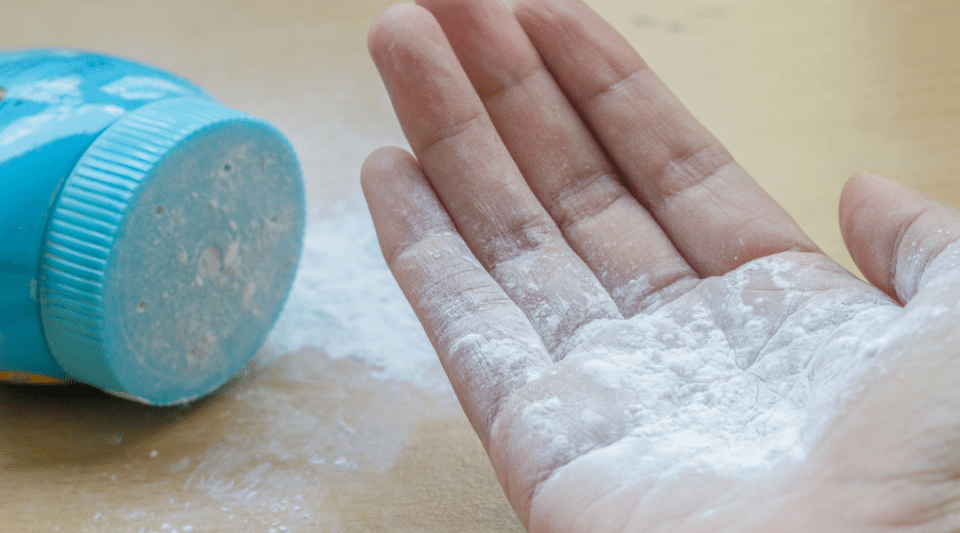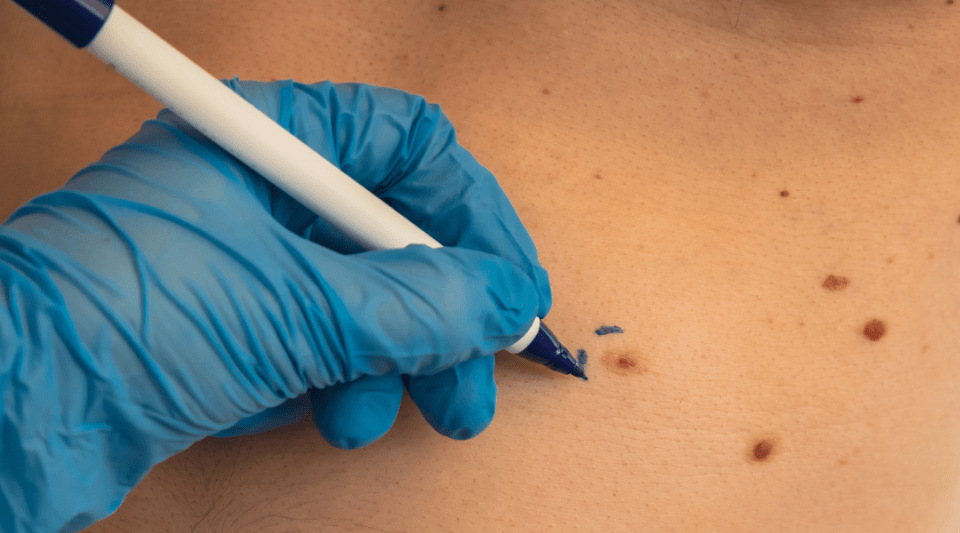The International Agency for Research on Cancer (IARC), which reports to the World Health Organisation (WHO), has recently classified talc as "probably carcinogenic for humans" (Group 2A). The evaluation result will be described in detail in IARC monographs to be published in 2025.
The assessment is based on a research study, the Sister study, published in May 2024 in the Journal of Clinical Oncology. The study was carried out in the United States on 50,884 women between 35 and 74 years old who had a sister with breast cancer. Data were collected on the frequency of vaginal douching and the use of talcum powder in the genital area in various time periods: between 10-13 years, in the last year before completing the questionnaire and annually in the following 4 years. The study showed that 53% of the women had vaginal douches and 40% had used talcum powder in the genital area at some time during their lives.
The use of talc was positively associated with the incidence of ovarian cancer. This association was greater for frequent users (at least once a month) and long-term users, especially in their 20s and 30s, compared to women who had never used it. The increase in sexual activity in this period would explain the frequent use of intimate hygiene products. No relationship or increased risk was found with the use of genital talcum powder during adolescence. However, both frequent douching and being aged 20-39 years were also associated with higher rates of ovarian cancer.
Difference between a risk factor and a cause of cancer
These study results do not establish causality and do not imply any substance as a specific cause of ovarian cancer. The presence of a risk factor means there is an increased probability of suffering from a disease, but does not mean that a woman exposed to the use of talcum powder will definitely develop ovarian cancer. In fact, women who develop the disease may not have been previously exposed to talc or other known risk factors.
Other factors that could lead to an increased risk of ovarian cancer, which were not taken into account in this study, have to be considered. For example, the talc could have been contaminated with potentially harmful chemicals, such as asbestos or parabens. In addition, talc is a mineral used in the production of plastics, paper, rubber products, cosmetics and pharmaceuticals, to which the women in the study could also have been exposed. Another possibility is that exposure to talc or other similar products can cause chronic irritation or inflammation of the ovaries or fallopian tubes and contribute to the carcinogenesis process.
What is a carcinogen?
A carcinogen is a substance can cause or promote the development of cancer after being inhaled or ingested or after penetrating the skin. Carcinogens are classified into four groups based on the degree of certainty that they can cause cancer. Group 1 consists of those substances considered to have sufficient evidence of causing cancer in humans. For example, tobacco smoke, solar radiation, alcoholic beverages and processed meat are part of this group.
Those considered probably carcinogenic are classified in group 2A. For example, the evidence that talc causes ovarian cancer in humans is limited. However, according to the report published by the IARC, there is sufficient evidence in animal experiments and strong evidence in experiments with human cells to link talc exposure with the risk of developing cancer.
INFORMATION DOCUMENTED BY:
Dr Lydia Gaba, Oncology Department at Hospital Clínic, Barcelona.






